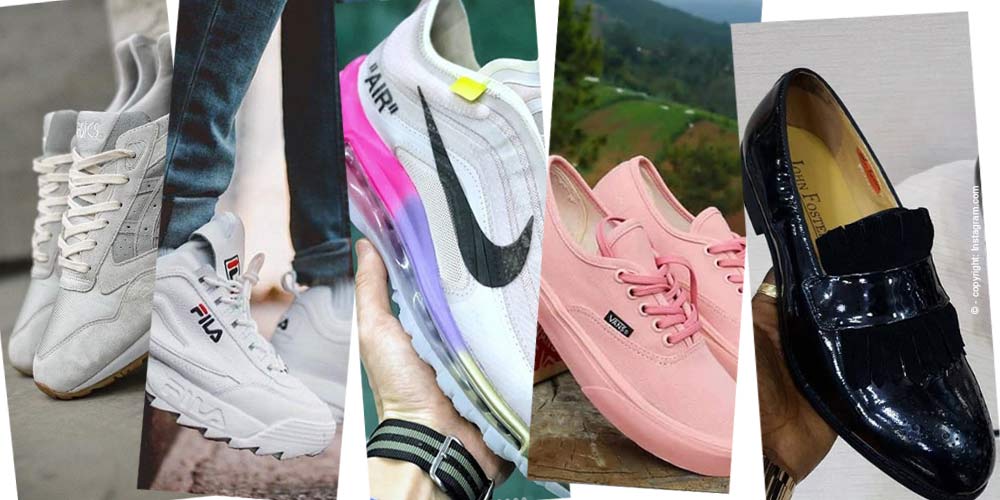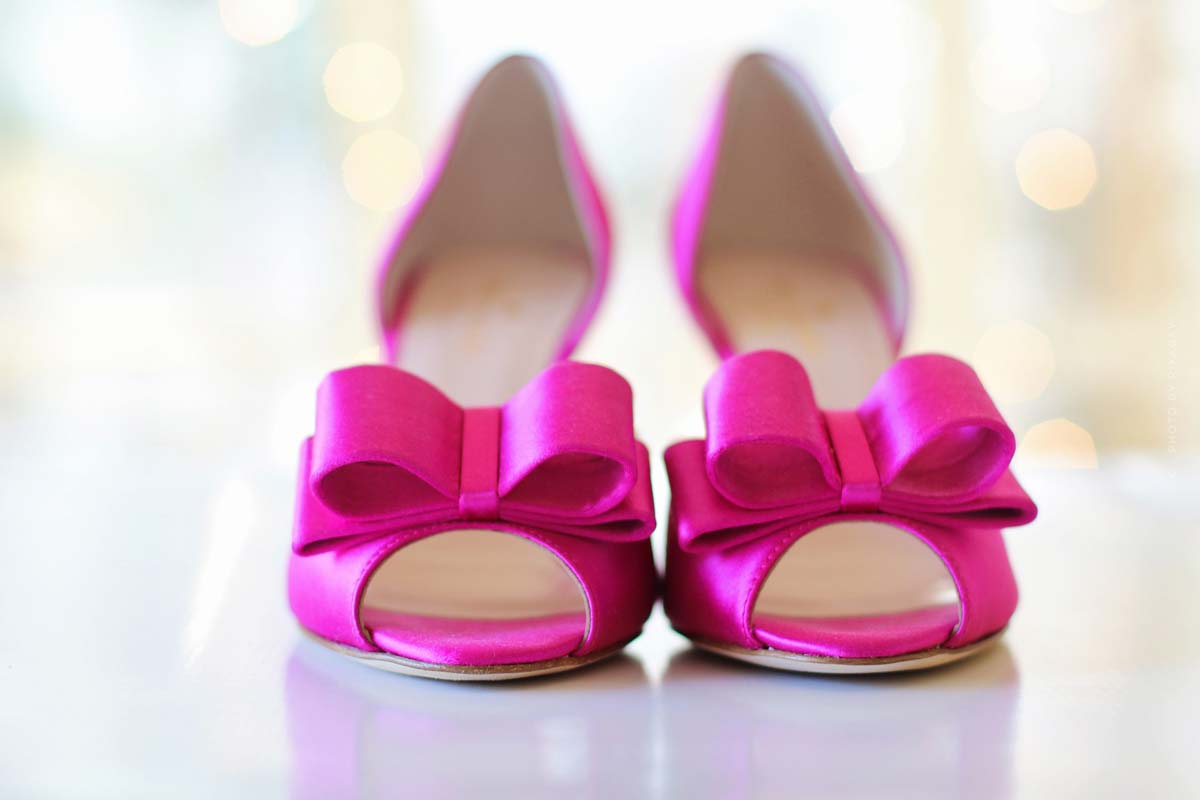Narrow feet: With these shoe tips you walk better – incl. shoe width table!
Narrow feet – that actually sounds good. Women with wide feet often wish for slimmer feet. But anyone who has very narrow feet knows that there can be problems with shoes in everyday life. The shoes often don’t fit properly and you slip back and forth in the shoes. But when do we actually talk about a narrow foot? Find out here how you can determine your shoe width and what tricks you can use to make your shoes fit better.
How to recognize narrow feet
You probably already know intuitively that your feet are narrow. After all, shoes are often too wide for you. But you can also measure your shoe width very precisely. To do this, you first need a tape measure. With the tape measure you now measure the circumference of the football, put the tape at the widest point once around.
Tip: In the evening the feet are often a little swollen, so to ensure that the shoes fit throughout the day, it is best to measure in the evening.
Now compare the measured width with a shoe width table. There you can see your shoe size and determine whether you really have very narrow feet. Narrow feet correspond to shoe width F. The tables differ in part because not every shoe manufacturer uses the same values. But such tables are helpful as an orientation.
Shoe size chart
So here’s an overview:
| Size | Slim F | Normal G | Comfort H |
| 35 | 21,2 | 21,7 | 22,2 |
| 36 | 21,6 | 22,1 | 22,6 |
| 37 | 22,0 | 22,4 | 23,0 |
| 38 | 22,4 | 22,9 | 23,4 |
| 39 | 22,8 | 23,3 | 23,8 |
| 40 | 23,3 | 23,7 | 24,2 |
| 41 | 23,6 | 24,1 | 24,6 |
| 42 | 24,0 | 24,5 | 25,0 |
These problems can have women with narrow feet
Narrow feet look slim and petite, they actually look very good in sandals. But the problem is that the shoes often do not sit properly. You then slip out of open shoes much too quickly or you have no grip. This can even lead to foot malpositions. Your feet may also hurt in the evening because you don’t have a good grip in the shoes.
Especially difficult are open shoes like loafers or sandals. Also pumps and ballerinas with normal shoe width probably do not fit you. Some women tend to buy shoes one size smaller so that they fit better. But this is wrong, because the shoes are then too short or too tight at the front and your toes may hurt in the evening. In the long term, shoes bought too small can lead to deformation of the toes.
With these shoe tips the shoes fit again
How can you recognise the right shoes for you? What should you look out for when buying shoes and which shoe models should you be careful with? Here are our tips:
Buying the right shoes
It sounds trite, but you should buy shoes that fit your shoe width. There are many manufacturers who offer shoes in different widths. From Gabor, for example, you can find low shoes and boots in the shoe width F. Also other shoe brands offer shoes in the width F.
Shoes with lacing or velcro fastening
Alternatively, shoes that you can adjust yourself will also help. These include all lace-up shoes and models with Velcro fastening. With sneakers you can often adjust the width well. Especially with running shoes, the selection of shoes with adjustable upper shoe is large.
Insoles as an alternative for thick socks
Winter boots are often cut particularly wide. It may not be enough to lace them tighter. In this case, you can opt for insoles. Such insoles improve the fit of the shoe. Alternatively, you can wear thick socks in the boots in winter. For pumps, half insoles are suitable for the front part of the shoe. They prevent your foot from slipping and improve the hold. Such half insoles for pumps are also available in transparent, they are hardly noticeable in open shoes.
Conclusion: Shoelaces, Velcro & Co.
Narrow feet can actually cause problems because the shoes do not fit properly. It’s best to buy special shoes in width F. You can adjust the width of shoes with laces or Velcro fasteners. For pumps or winter boots, special insoles may also be suitable to improve the hold in the shoe.












